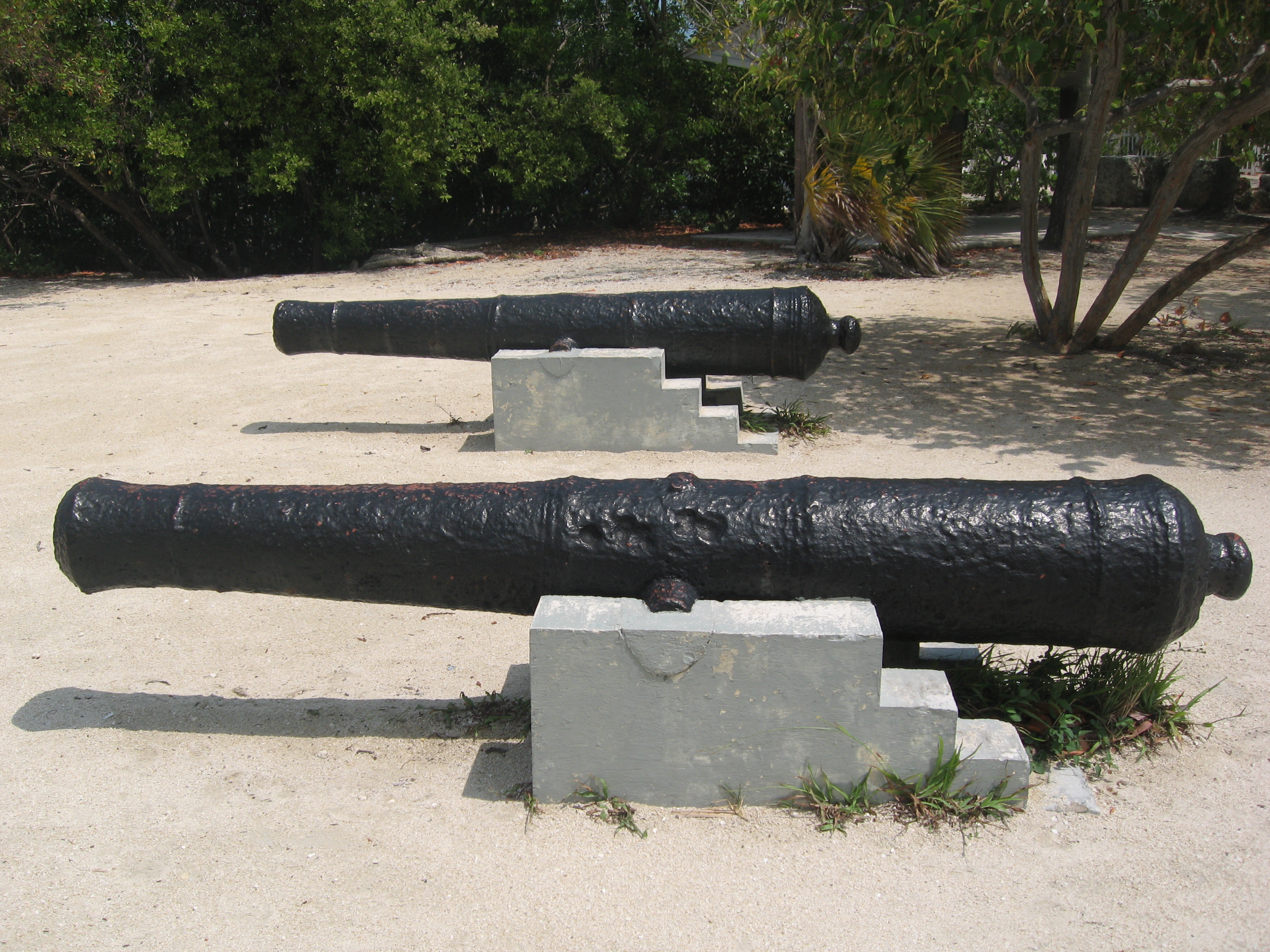Established in 1963, John Pennekamp Coral Reef State Park was the first undersea park created in the United States. The park, combined with the adjacent Florida Keys National Marine Sanctuary, encompasses 178 nautical square miles of coral reefs, seagrass beds, and mangrove swamps. These areas were established to protect and preserve the only living coral reef in the United States. Located in the fabulous Florida Keys, the park’s upland areas offer visitors a unique experience in the mangrove swamps and tropical hammocks. The park contains a wide variety of tropical vegetation, shorebirds and marine life.
The park is named for one of the early proponents of the preservation of its reef, John D. Pennekamp. John Pennekamp Coral Reef State Park now enjoys over one million visitors per year from around the world. Mr. Pennekamp was a Miami newspaper editor who also helped establish Everglades National Park.
1733 Spanish Exploration: Many Spanish ships of exploration were thrown against reefs from sudden hurricanes during this time period. The ships set out to explore or carry many New World commodities such as gold and silver back to Spain from the islands in the Caribbean and along the Gulf of Mexico, but were often caught at sea and unable to sail to safety. Artifacts from multiple wrecked ships are scattered across the lower section of Florida seas. Salvagers and treasure hunters often extracted artifacts to sell or store for decades after the colonization of these areas. In 1733, a Flota or group of ships sailing together to protect against attack, was sailing along the coast and could not defend against weather. Another Flota sailed earlier in 1715, and wrecked in a similar hurricane event, leaving behind the cannons that were later placed on this site.


